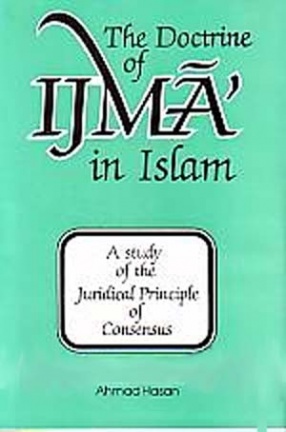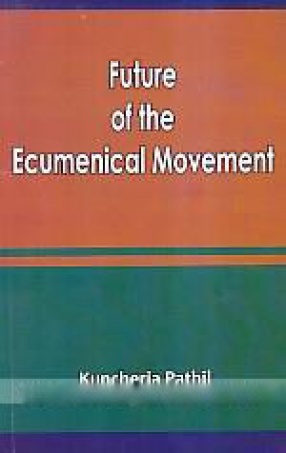The language whose phonology is described in this work is standard Hindi, i.e., the Hindi used in everyday casual speech by educated native speakers in cities such as Varanasi, Lucknow, Delhi etc., which is different from highly Sanskritized Hindi called literary style Hindi and highly Perso-Arabicized Urdu, a native speaker being one who has learnt the language as his first language. The author’s interest lies in accounting for the Hindi speakers’ competence i.e., providing evidence for the psychological reality of certain sound patterns of Hindi. This study is a mixture of two types of evidence. Some evidnce is provided from experimental data and other is from hypercorrection, from children’s mistakes, from native speakers’ reactions to certain forms. The model used is that of generative phonology with modifications suggested throughout. The work is divided into six chapters. The first chapter deals with the segments of Hindi that need to be recognized as phonemes. Chapter 2 deals with current morpheme structure theory, and some suggested revisions of it. Chapter 3 discusses the ‘abstractness’ issue. Chapter 4 gives a detailed account of the initial, medial and final clusters of Hindi, and gives the if-then sequntial constraints necessary to account for these. Chapter 5 has two parts, the first discussing the problem of nasalization in Hindi and the second dealing, with the issue of homorganic nasals in Hindi. The sixth chapter discusses the a-deletion rule in Hindi.
The Doctrine of Ijma’in Islam: A Study of the Juridical Principle of Consensus
Ijma' - Consensus - is ...
$24.30
$27.00





There are no reviews yet.